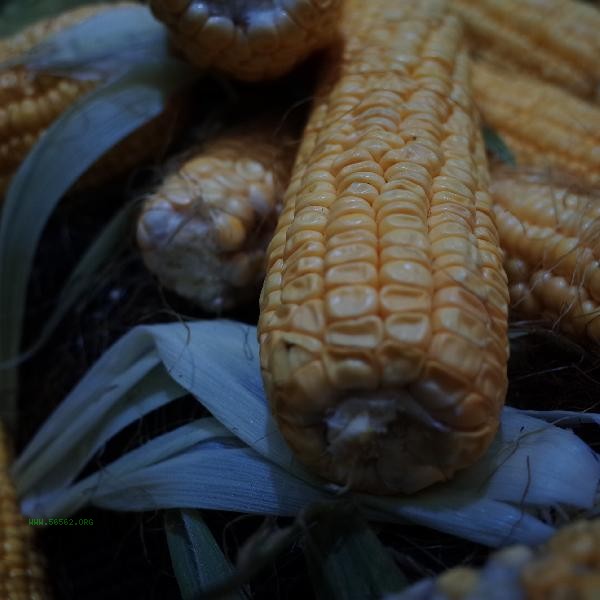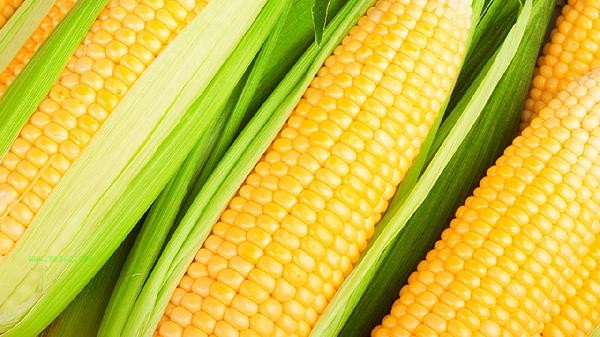Corn beans are the tender seeds of corn, belonging to the family Poaceae. They are immature seeds of corn and can be consumed as vegetables or staple foods. Corn beans mainly include fresh, processed, high sugar, high starch, glutinous and other varieties.

1. Fresh type
Fresh type corn beans refer to varieties specially cultivated for direct consumption, with plump and juicy seeds, high sugar content, and a sweet and crisp taste. Commonly found in summer markets, it can be boiled, steamed or cold mixed, rich in vitamin B and dietary fiber, which helps promote digestion. After harvesting, it is necessary to consume it as soon as possible to prevent sugar loss.
2. Processing type
Processing type corn beans are mainly used in industrial production of canned and frozen foods, and have the characteristics of thick skin and storage resistance. After high-temperature sterilization treatment, it still maintains a good shape and is often used as a salad dressing or instant food ingredient. During the processing, some water-soluble vitamins may be lost, but minerals and dietary fiber remain relatively intact.
III. High sugar type
High sugar corn beans have a higher sugar content than ordinary varieties and a sweetness similar to fruits, making them suitable for making desserts or eating fresh directly. Its sugar content is mainly sucrose and glucose, and the highest sugar content is harvested when it is not fully mature. Patients with diabetes need to control their intake to avoid rapid rise of blood sugar.

IV. High starch type
High starch type corn beans contain more than 60% starch after ripening, and are mostly used to make corn flour, starch or alcohol raw materials. The tender grains harvested when they are not fully ripe can also be eaten, with a powdery texture and suitable for stewing or making thick soup. Provides long-lasting energy but has a high glycemic index, and weight loss individuals should consume it in moderation.
5. Glutinous type
Glutinous type corn bean endosperm is almost entirely composed of branched starch, which has special viscoelasticity after cooking and is commonly found in traditional Asian cuisine. It can be used to make sticky food such as Zongzi and rice cakes, and keep soft texture when cold. Its digestion speed is slow and can prolong satiety, but those with weak gastrointestinal function need to pay attention to their consumption.

As a nutritious whole grain ingredient, it is recommended to choose fresh products with plump grains and no mold. Avoid prolonged high-temperature frying during cooking and prioritize steaming to preserve nutrients. Different varieties can be paired with meat, mushrooms, or green leafy vegetables to achieve protein complementarity. When storing, it is necessary to maintain dryness and ventilation. For fresh food, it is recommended to refrigerate and consume within 3 days. Special groups such as diabetes patients should control the intake of high sugar, and those with gastrointestinal sensitivity should eat a small amount of glutinous varieties for many times.








Comments (0)
Leave a Comment
No comments yet
Be the first to share your thoughts!